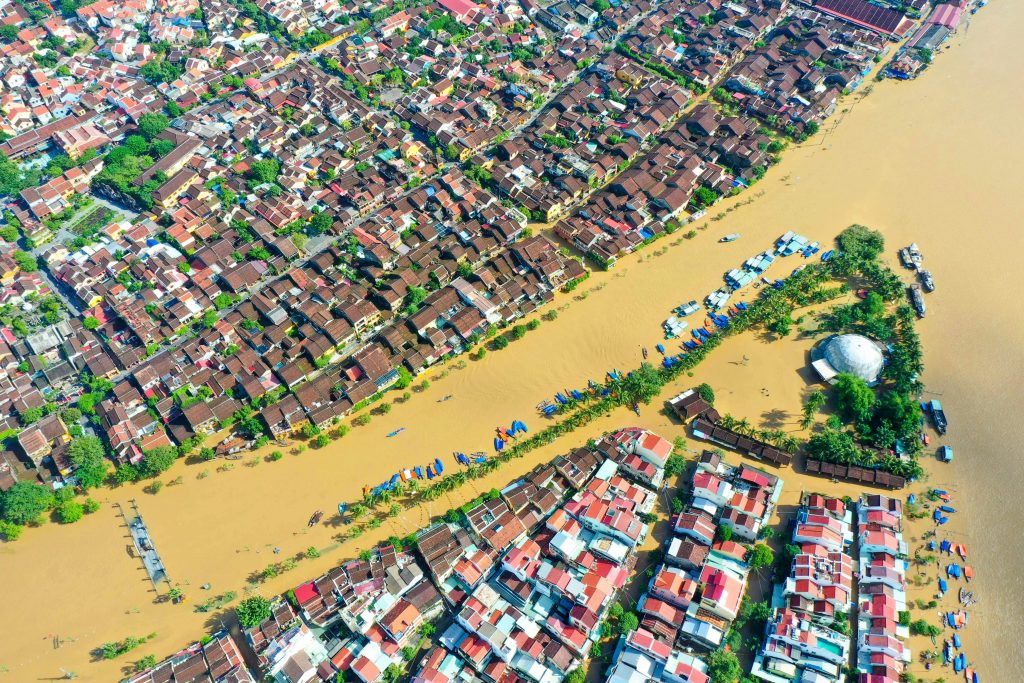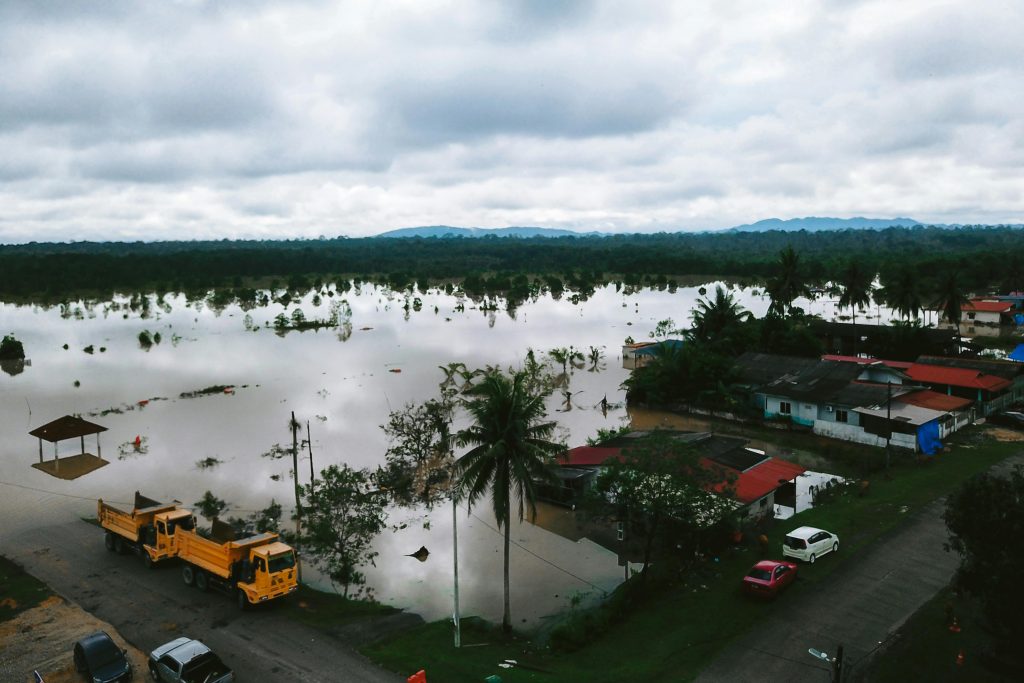Don't miss our holiday offer - 20% OFF!

Read More: Utilizing IoT in Flood Monitoring and Early Warning Systems
In recent years, Indonesia has been plagued by serious flood threats, primarily attributed to climate change and rapid urbanization. Innovative solutions are crucial to address and prevent the adverse effects of these floods. One rapidly advancing solution is the implementation of the Internet of Things (IoT) to monitor water levels in real-time. This article will delve into how IoT can be utilized for flood anticipation, with a focus on direct monitoring capabilities via smartphones.
Contents
How IoT Works in Flood Anticipation

Read More: IoT for Flood Monitoring: A Smart Solution
In the context of flood anticipation, connected sensors and devices automatically collect and share data over the internet. These sensors, placed along rivers and flood-prone areas, measure water levels in real-time. An online platform accessible to property owners, government entities, and the general public receives and transmits this data.
Advantages of Flood Monitoring via Smartphone

Read Monitoring: Decoding Pressure Sensors for Flood Prediction and Mitigation
1. Real-Time Accessibility
A primary advantage of implementing IoT for flood anticipation is the ability to monitor water levels in real-time. With smartphones, individuals can quickly access up-to-date information about water conditions in their vicinity.
2. Swift Notifications
IoT-based applications can provide instant notifications when water levels reach dangerous thresholds. This allows for a faster response time, enabling evacuation and preparation before the flood becomes detrimental.
3. Flood Risk Mapping
Utilizing the gathered data, applications can present more accurate flood risk maps. This aids both the public and the government in planning more effective mitigation measures.
Implementation of IoT Technology in Flood Management in Indonesia

Read More: Predicting Floods: The Role of Rainfall Sensors
Frequent flooding in Indonesia makes it possible to maximize the use of IoT technology. The government can install sensors along major rivers and flood-prone areas, creating an extensive monitoring network. Moreover, it is imperative to educate the public about the use of these applications, ensuring they can take appropriate preventive measures.
Conclusion
The application of IoT in flood anticipation, with direct monitoring capabilities via smartphones, is a proactive step to help Indonesia effectively combat flood threats. With real-time access and swift notifications, this technology can be a crucial tool in protecting communities and properties from the detrimental impacts of floods. Successful implementation requires collaboration between the government, private sector, and the community. By continuously developing and adopting innovative solutions like this, Indonesia can enter a new era in natural disaster management.





